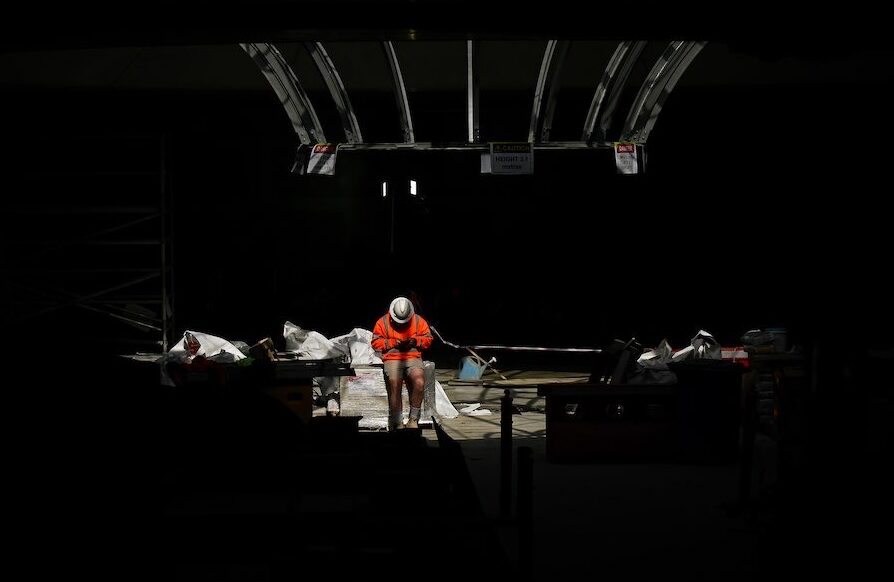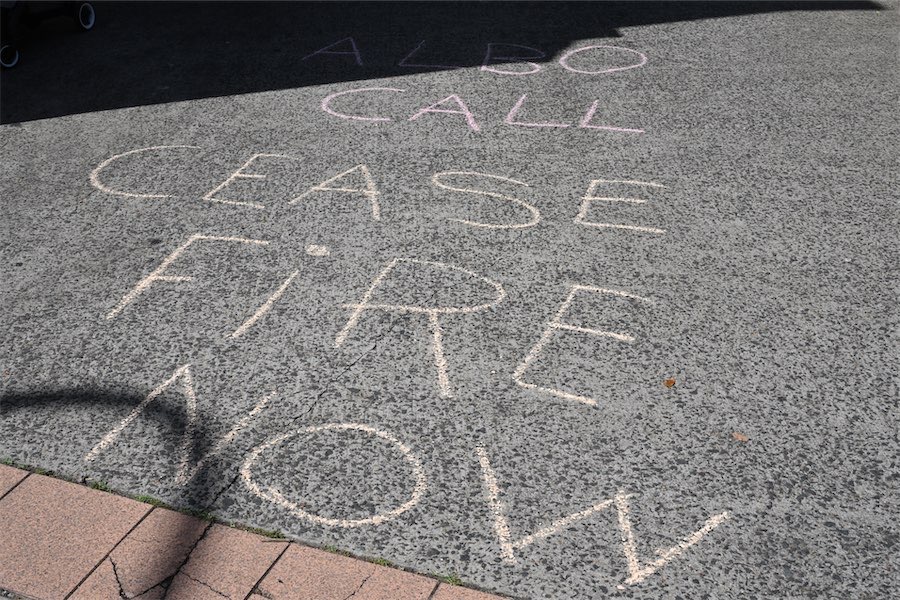
By Jacob Shteyman in Canberra
The Australian War Memorial’s contentious $550 million redevelopment is heating up.
The ambitious project will incorporate one of the world’s largest geothermal heat pumps to help future-proof the Canberra institution as it looks to maintain its relevance into the 22nd century.
As well as cutting-edge heating and cooling, new interactive displays and commemorations of previously unheralded conflicts will set the memorial up for the next 80 years, says director Matt Anderson.
“We need to have both one eye on the past, but another eye on the future,” he says.
“The idea of geothermal was, obviously, one way of ensuring that we could reduce our gas bill, first and foremost, but it’s also going to ensure we don’t put 1000 tons of CO2 into the environment every year.”
The memorial was hit with a $1.3 million gas bill when energy prices sky-rocketed following Russia’s invasion of Ukraine – a reminder that the horrors of war aren’t consigned to the annals of history.
“When the Australian War Memorial was opened on Remembrance Day of 1941, Lord Gowrie, the governor-general at the time, challenged everyone and said, ‘when you leave the Australian War Memorial, you must utter never again’,” Mr Anderson says.
“Here we are in the midst of another war in Europe in which they’re engaged in trench warfare. So there is certainly an irony about the impact of a war on the other side of the world affecting the place that tells the story of the Australian experience of war.”
The memorial is increasing its contemporary focus as it evolves from its original remit to commemorate Australians who served in World War I.
The redevelopment will add an extension to the C.E.W. Bean Building and a New Anzac Hall, providing a further 4000sqm of gallery space to house artefacts and displays with a particular focus on Afghanistan and peacekeeping operations.
“We’ve created 100,000 veterans over the last 40 years whose stories just weren’t told,” says Mr Anderson.
“We’re trying to create the space that will allow us the ability to tell the story of 63 peacekeeping missions, acknowledging the fact that Australians have been deployed on peacekeeping every single day, including today, since 1947 and we haven’t been able to tell that story.”
Those stories will increasingly be told using new media to engage a younger audience.
Visitors will be able to use their smartphones to manipulate objects such as the G for George Lancaster bomber, giving a better sense of the experience on the ground.
Screens situated in front of the aircraft will allow people to scroll through bombing missions, see who crewed it and follow a digital map of the flights.
“We’re determined to actually understand the way in which people absorb information these days and part of that is digital,” Mr Anderson says.
The future may be digital, but bricks and mortar are central to the project.
Already, the equivalent of 50 Olympic swimming pools of dirt has been excavated and almost 10,000 truckloads have been moved around or from site.
The redevelopment’s colossal scale has made it a big target for critics, such as former infantry officer and Independent MP Andrew Wilkie, who told parliament he opposed “this outrageous expenditure”.
Greens leader Adam Bandt added his disapproval on social media.
“People are starving, facing homelessness, trying desperately to find work – and instead of helping them, the government is spending half a billion on the war memorial,” he tweeted when parliament approved the project in 2021.
Former memorial directors Brendon Kelson and Steve Gower also voiced their opposition.
The duo signed a submission to a parliamentary inquiry, which criticised the project for focusing too much on decommissioned planes and helicopters, arguing it would “do little to promote an understanding of Australia’s wars while providing a tourist attraction”.
It called for the money to be spent on direct benefits to veterans instead.
Greg Melick, national president of the RSL, thinks the redevelopment will help veterans overcome their trauma with proper recognition.
In his submission to the inquiry, he said he’d seen Afghanistan war veterans and their families visibly upset because of a lack of space dedicated to their experience.
Mr Anderson says veterans have told him their service lacks recognition, and a place that gives it meaning.
“That is what we’re going to be doing,” he said.
“I don’t accept the criticisms for a second that we are doing anything other than helping ensure people understand truly the nature of service and sacrifice that’s been experienced by our modern veterans.
“This isn’t about glorification of war.
“It is about understanding the human element of war and the lasting impact of that experience on Australian society.”
The next milestone on the road to the redevelopment’s 2028 completion date – the reopening of the heritage entrance – is expected this month, while the major attractions of the Anzac Hall and the Glazed Link are set to open by the end of 2025.
Who can be trusted?
In a world of spin and confusion, there’s never been a more important time to support independent journalism in Canberra.
If you trust our work online and want to enforce the power of independent voices, I invite you to make a small contribution.
Every dollar of support is invested back into our journalism to help keep citynews.com.au strong and free.
Thank you,
Ian Meikle, editor





Leave a Reply